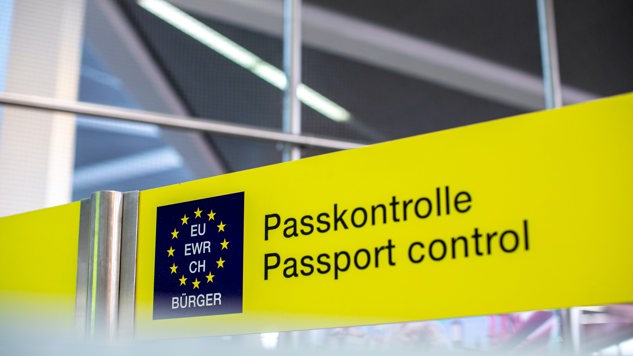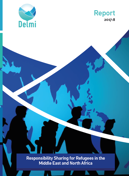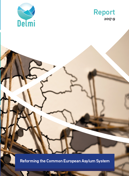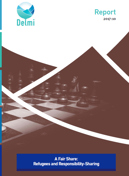The report analyzes how the EU and its Member States have conducted border policy since the abolition of internal borders by Schengen cooperation in the 1990s. The study analyzes the "fight against illegal immigration" that has developed since the 1990s at and beyond the external borders. It answers how, why and with what consequences certain types of migration have increasingly been treated as a security and border problem.
Some overall conclusions and recommendations
- Stronger border patrols, more surveillance and in-depth police cooperation with third countries have created dangerous routes and entry methods, which go hand in hand with greater income in a professionalized smuggling operation.
- The development of a so-called border industry has facilitated border agencies, police forces, military, defense groups and regimes in non-European countries to strengthen their positions and resources in the fight against migration, and in collaboration with politicians has created several security initiatives after each new border crisis in the south. Europe.
- Cooperation with non-European countries has, to a large extent, been focused on control and border security rather than on improving the situation of migrants, refugees and border communities. At the same time, states in the regions (eg Libya, Morocco, Mauritania and Turkey) have been able to use the threat of more migration as a means of pressure on the EU and European governments.
- Positive cooperation with non-European countries should replace the current security-based cooperation. It is of great importance to safeguard the human rights of refugees, as well as of strategic and diplomatic importance to European countries, as reformulated cooperation - including legal pathways- undermines the incentives that now exist for irregular migration and Europe's border controls.
About the author of the report
The report, Irregular migration and European border controls - an ethnographic analysis (2016:3), is written by Ruben Andersson, a researcher at the London School of Economics.
Picture by Daniel Schludi from Unsplash.




